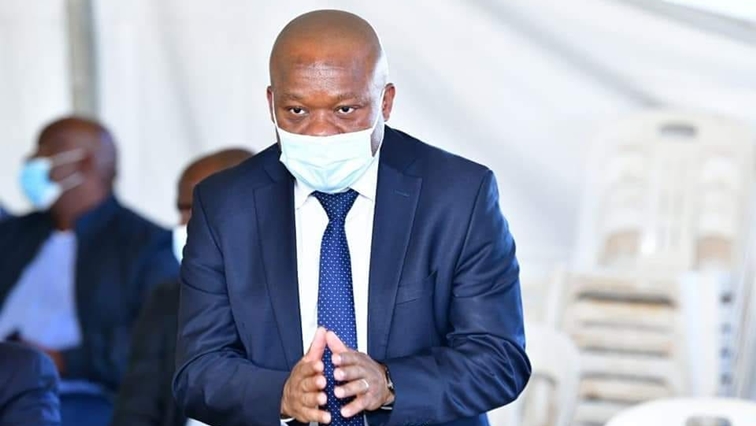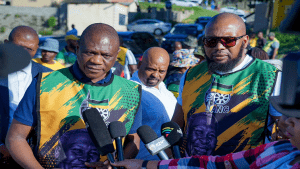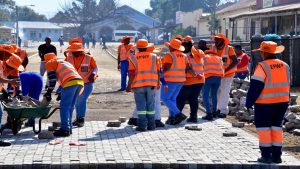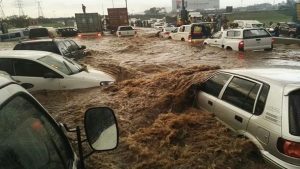KwaZulu-Natal Premier, Sihle Zikalala says government is in control of the situation at the mortuaries. This after, the report that government mortuaries had a backlog in conducting postmortems.
The added burden to mortuaries is as of a result of the storms that have claimed 443 while 63 are still missing.
“We are in control of the situation through the Department of Health. We have completed 243 postmortems, and are left with 114 more to complete. We have mobilised additional resources including seven doctors to ensure that the postmortems are completed speedily in order to avoid congestion and to enable those who are grieving to bury their loved ones. Our officials are constantly monitoring the situation and sending bodies to those facilities that do have space.”
The Phoenix and Pinetown mortuaries are the only two in Durban.
As search and rescue operations continue, families are expected to make their way to mortuaries to identify their loved ones.
New strategy needed
President of the National Funeral Practitioners Association, Muzi Hlengwa, says government needs to come up with a strategy to ensure that flood victims are laid to rest speedily.
“We understand that our government lacks capacity. It’s a long standing issue; it’s not a thing of today and it cannot be addressed overnight. Our advice is that there has been floods. Most of the bodies can just be viewed and be released, so that the process can be done as quickly as possible. You cannot expect mortuaries to speedily do post mortems of more than 400 bodies that we have now. What we are advising is that bodies can just be viewed, declared, identified and be released so that we conduct burials, so that our people can find closure.”
KZN Floods | Government mortuaries in Durban reportedly full:
Gift of the Givers founder, Dr Imtiaz Sooliman says rescue efforts have been challenging in KwaZulu-Natal.
Sooliman has also commended the community for lending a hand.
“It became very emotional for one of my team members when he was in Inanda, and he said when he went there, he saw people sitting on the edge of the river, and he asked them, what are you doing here? They said we’re hoping to see the bodies of our family members flow down the river. When they said, is this the way for our dignity, is this the way for closure, we realised then that there was a huge problem in terms of the number of missing people, and the number of people deceased.”






